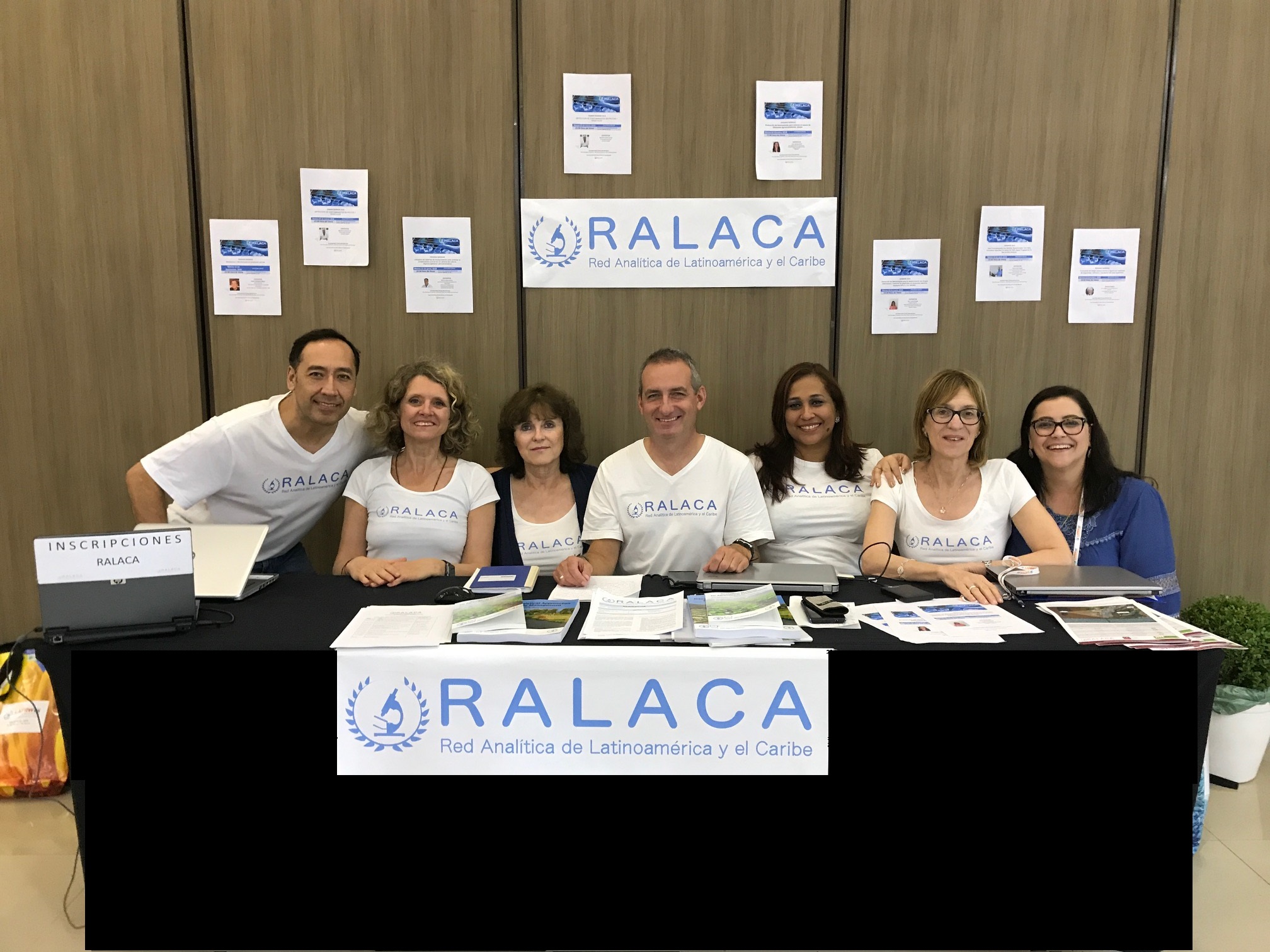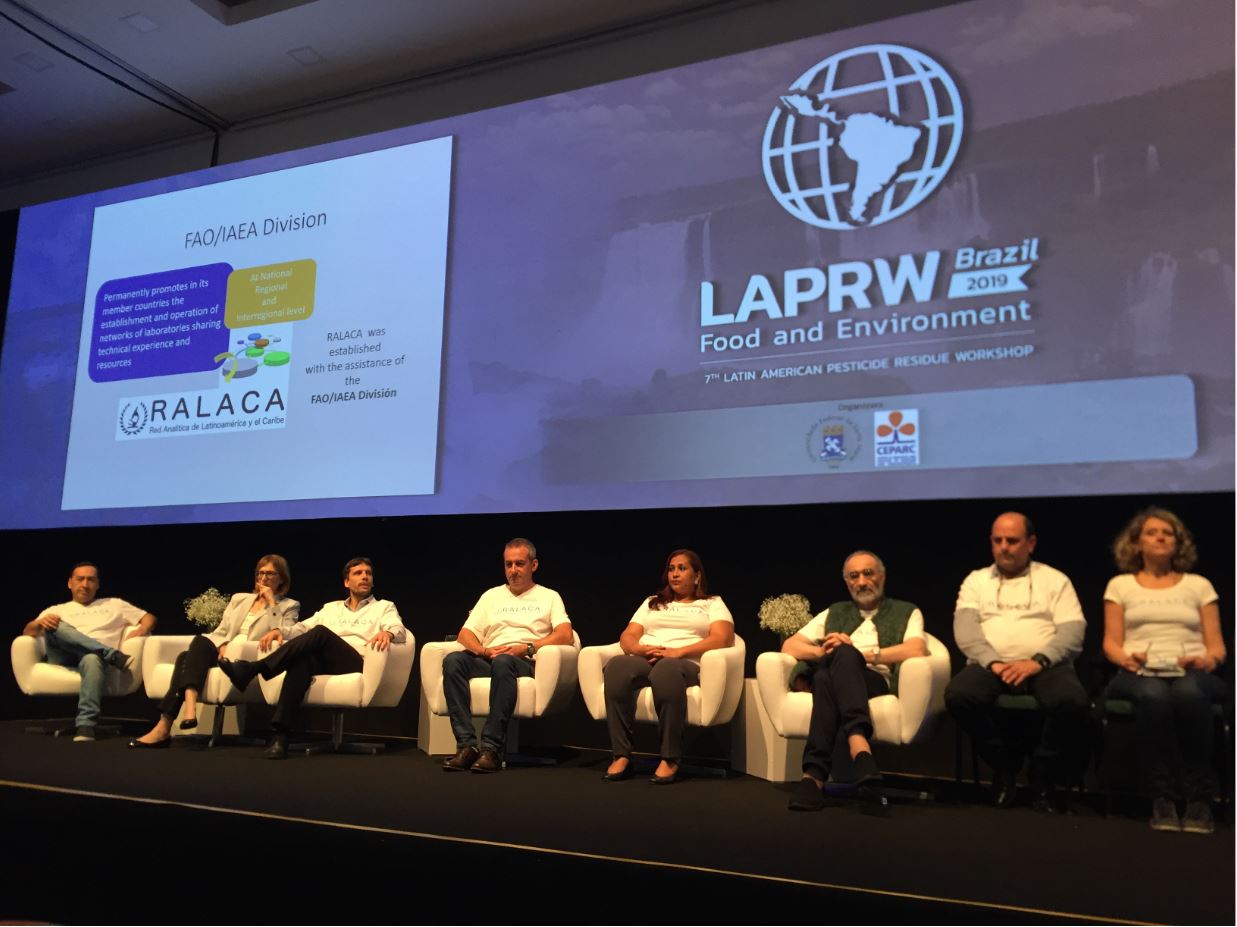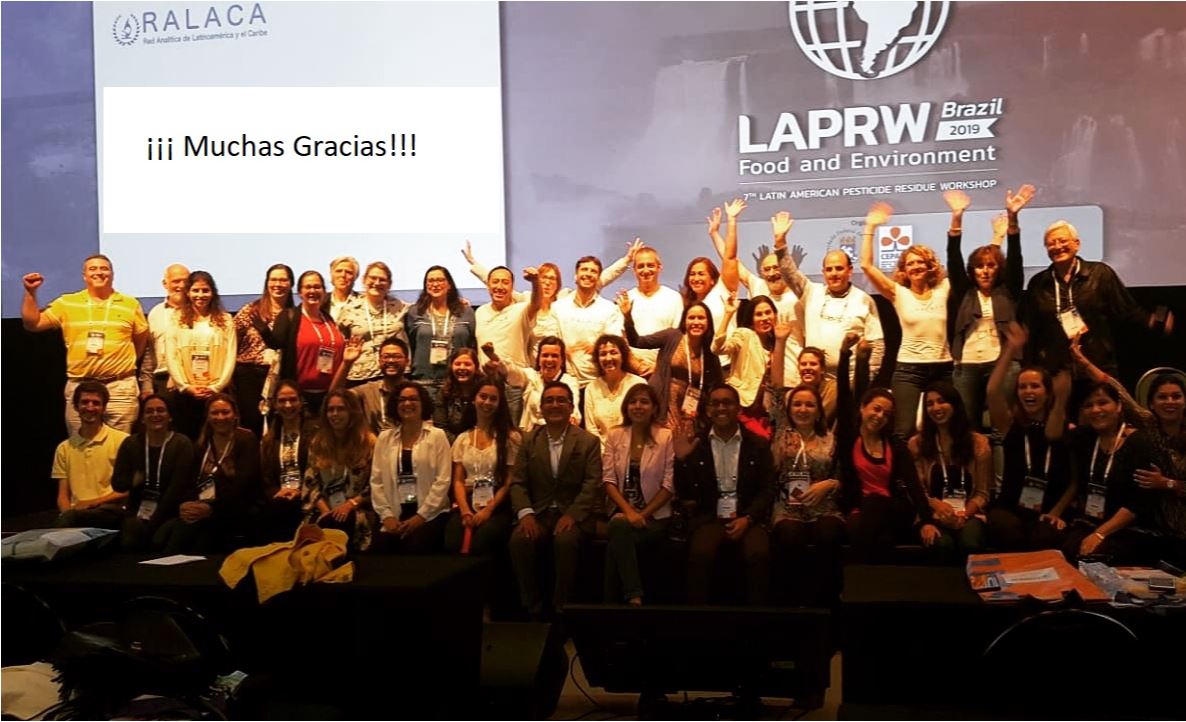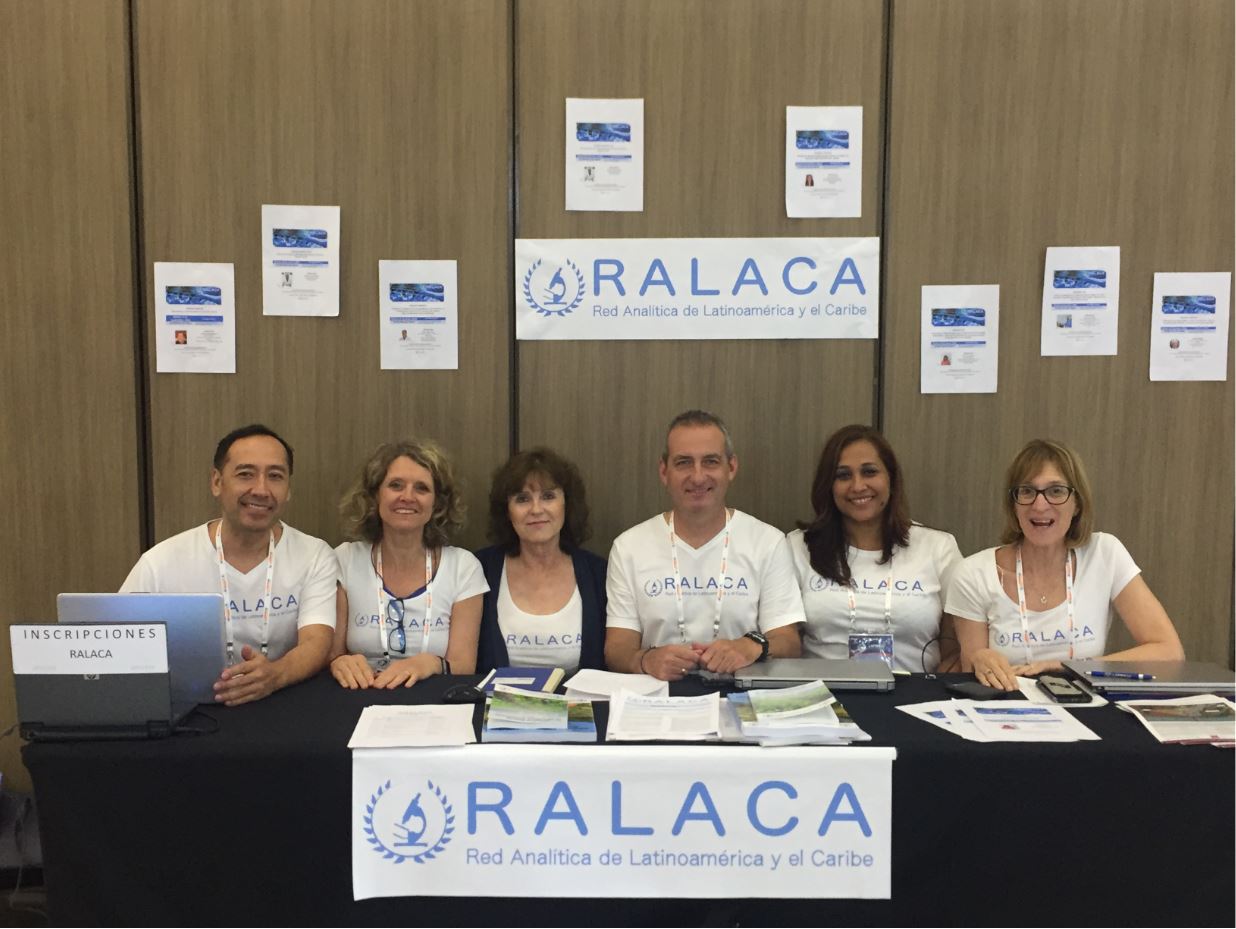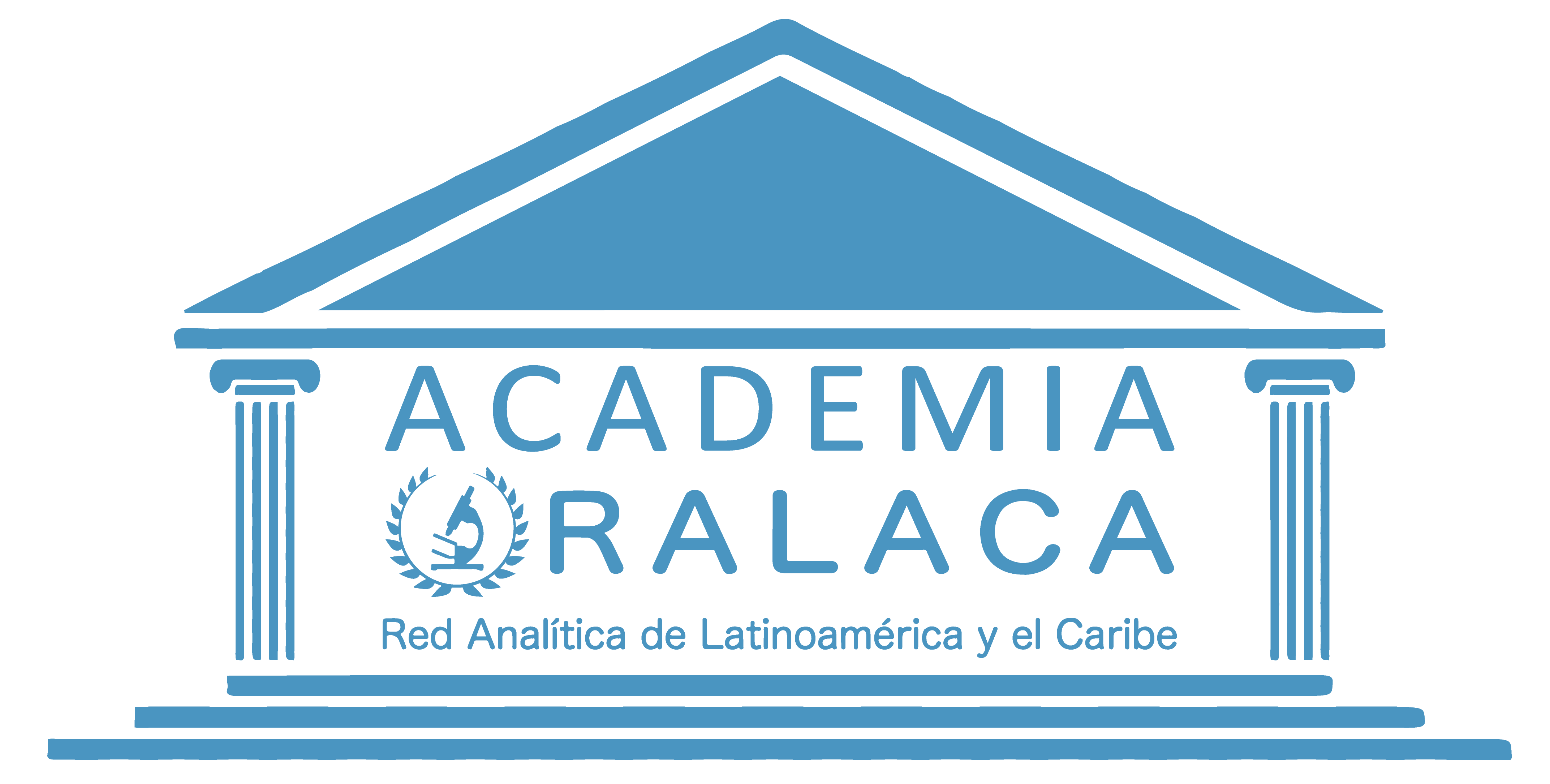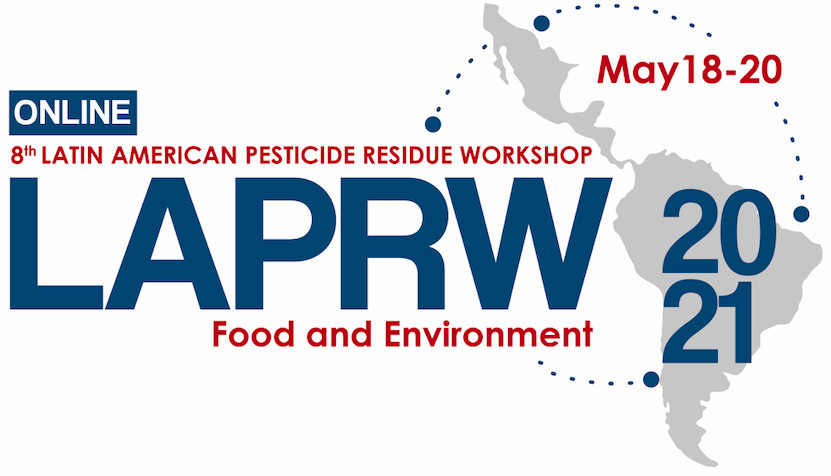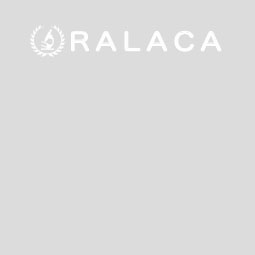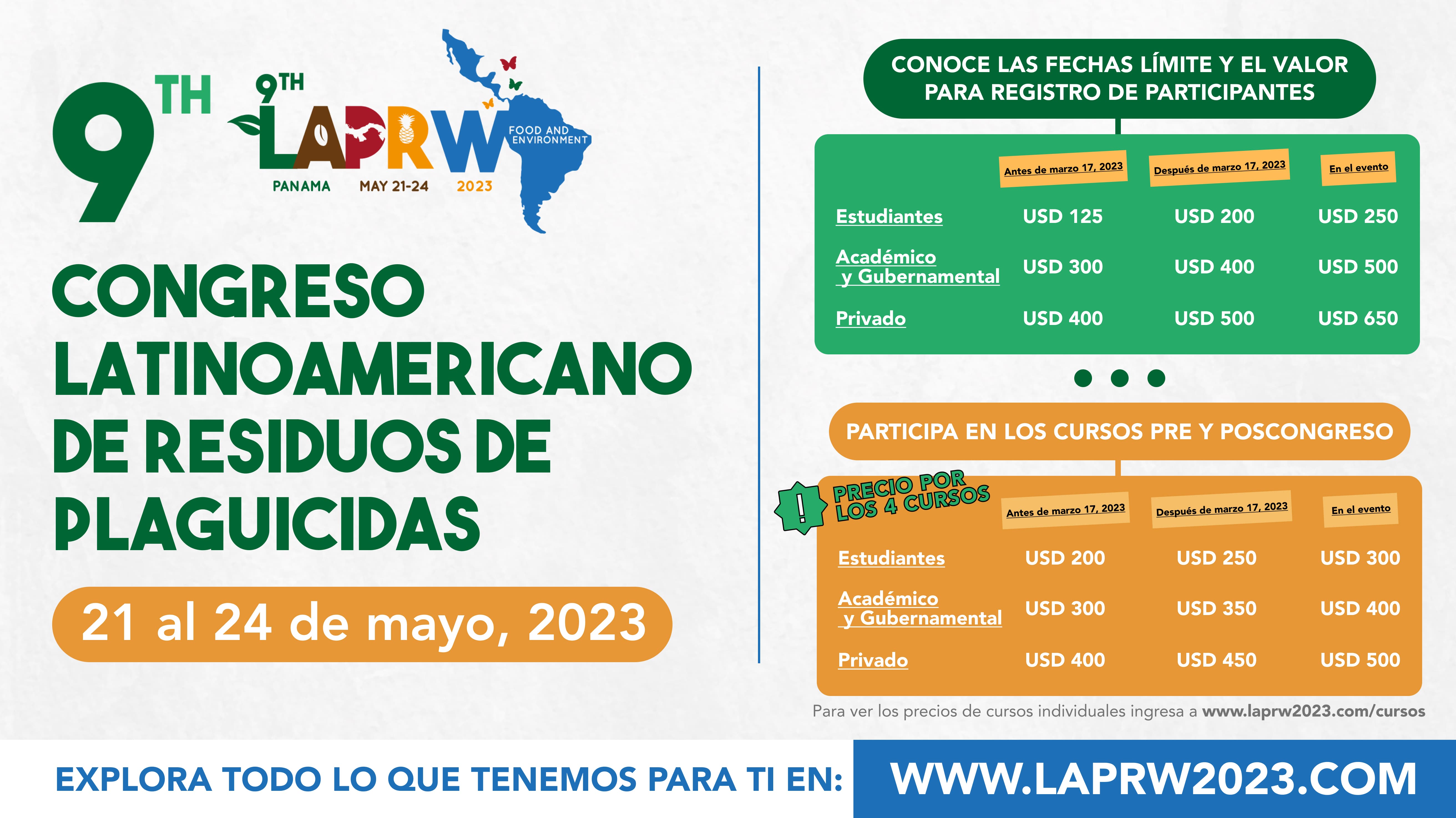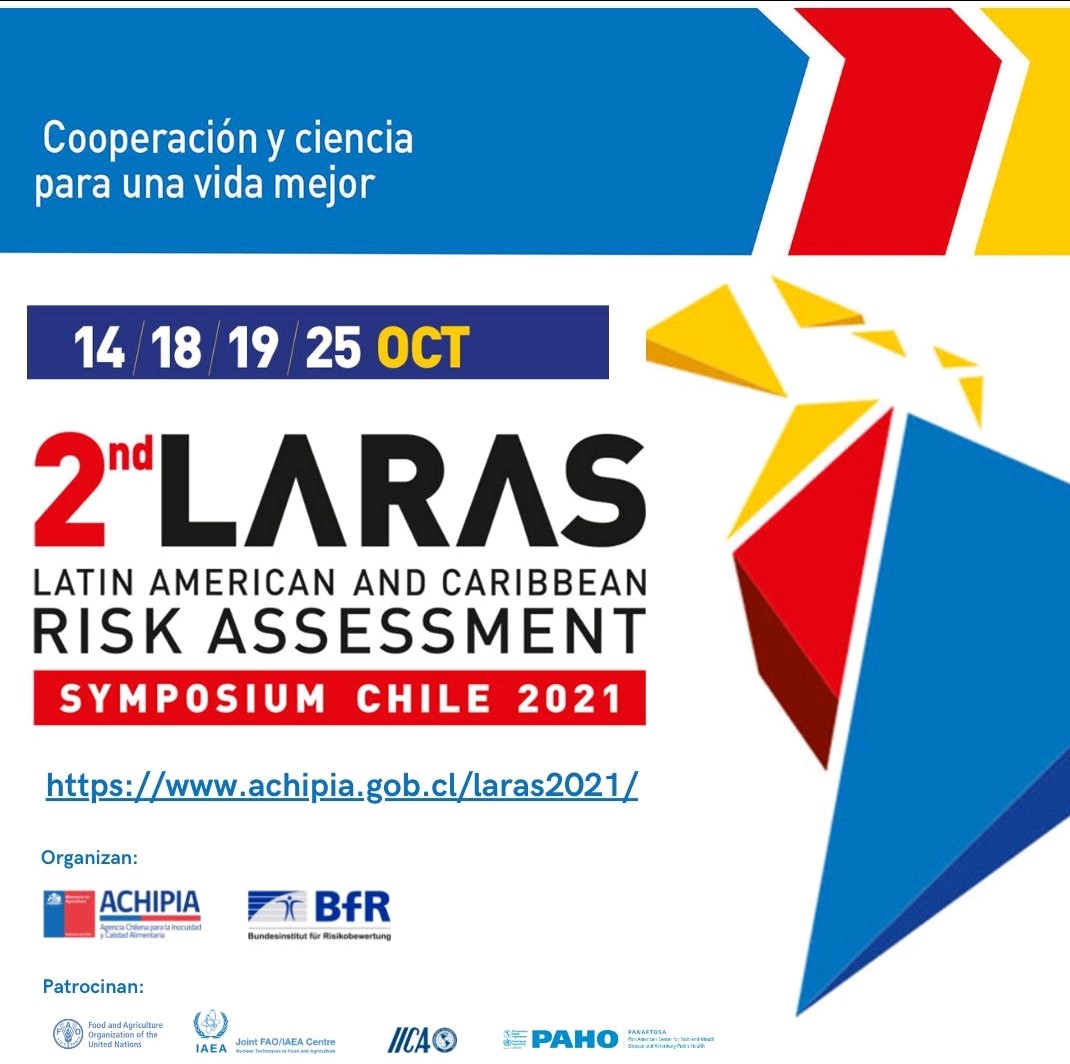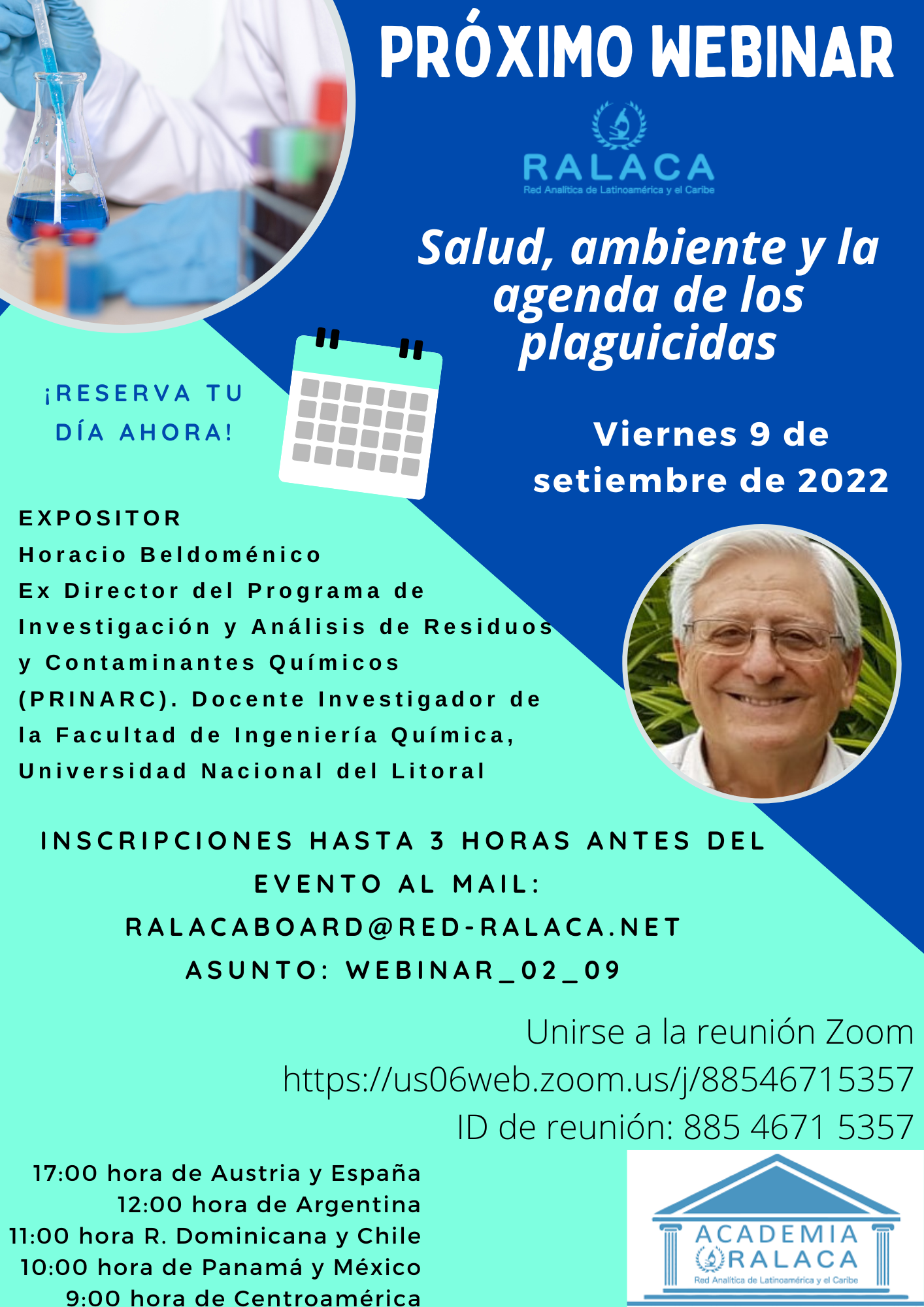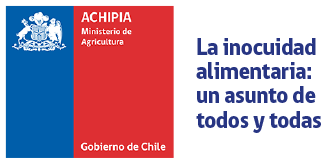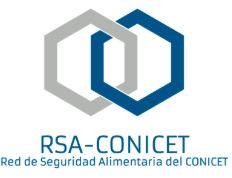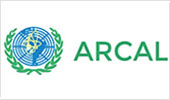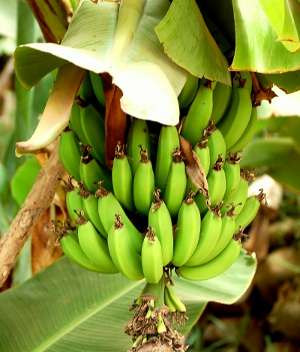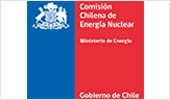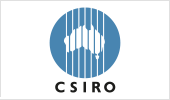|
|
|
|
Contact person in the laboratory: |
Dr. Martín Sebastián Munitz |
|
Email of contact person: |
This email address is being protected from spambots. You need JavaScript enabled to view it. |
|
Mandate of the Laboratory: |
Our laboratory group is focused on teaching, research and method development activities. We analyze pesticides and other contaminants in food and environmental samples. We also contribute to Uruguay river monitoring. |
|
Role in the farm-to-fork chain: |
To develop new analytical methodologies to cover a wide range of food and environmental matrix spectrum, according to different public and private customers’ requirements. |
|
National Reference Laboratory: |
No |
|
Type of contaminants analysed: |
Pesticides (insecticides, fungicides) |
|
Matrices analysed: |
Fruits and Juices (blueberries and citrus fruits and juices, etc.) Cereals (rice, wheat, flax seeds) Cow perirenal fat Honey Milk Fish Environmental samples (water, soils, sediments) Transformer refrigerant oil |
|
Combination matrices and contaminants |
‐ Fruits, juices, cereals, milk and fish: |
|
Description of validated method used: |
QuEChERS |
|
Laboratory accredited according to |
No |
|
Provision of interpretation of residue |
Yes |
|
Laboratory certified according to GLP: |
No |
|
Is laboratory available for research and |
Yes |
|
Is the laboratory available for quality auditing services within RALACA when funding becomes available? |
Yes
|
|
Is the laboratory available for expert missions within RALACA when funding becomes available? |
Yes |
|
Is the laboratory available for ad hoc on- site training when funding becomes available? |
Yes |
|
Is the laboratory available for ad hoc |
Yes |
|
Is the laboratory available for preparation of ad hoc reference materials when projects/funding becomes available? |
No |
|
Is the laboratory available for organization and distribution of ad hoc proficiency testing/collaborative trials when projects/funding becomes available? |
No |
|
|
|
|
Contact person in the laboratory: |
Aydé Cornejo |
|
Email of contact person: |
This email address is being protected from spambots. You need JavaScript enabled to view it. |
|
Mandate of the Laboratory: |
Public health research institution |
|
Role in the farm-to-fork chain: |
Acute effects of pesticides invertebrates from tropical streams. Biological monitoring of water resources. |
|
National Reference Laboratory: |
N/A |
|
Type of contaminants analysed: |
Multiple stressors associated with agriculture (pesticides, microplastics, nutrients) |
|
Matrices analysed: |
Agricultural water resources |
|
Combination matrices and contaminants |
Acute toxicity bioassays, microcosm experiments with aquatic invertebrates. |
|
Description of validated method used: |
Does not apply |
|
Laboratory accredited according to |
No |
|
Provision of interpretation of residue |
No |
|
Laboratory certified according to GLP: |
No |
|
Is laboratory available for research and |
Yes |
|
Is the laboratory available for quality auditing services within RALACA when funding becomes available? |
N/A
|
|
Is the laboratory available for expert missions within RALACA when funding becomes available? |
Yes |
|
Is the laboratory available for ad hoc on- site training when funding becomes available? |
Yes |
|
Is the laboratory available for ad hoc |
Yes |
|
Is the laboratory available for preparation of ad hoc reference materials when projects/funding becomes available? |
Yes |
|
Is the laboratory available for organization and distribution of ad hoc proficiency testing/collaborative trials when projects/funding becomes available? |
Yes |
|
|
|
|
Contact person in the laboratory: |
Humberto Bonachea Martínez |
|
Email of contact person: |
This email address is being protected from spambots. You need JavaScript enabled to view it. |
|
Mandate of the Laboratory: |
Evaluar la calidad e inocuidad de los alimentos para consumo animal y los productos de este origen empleados en el consumo humano, mediante métodos de ensayos reconocidos con el fin de contribuir a la protección de la salud. Así como coordinar los servicios científico técnico, de investigación y de capacitación en el campo de los alimentos en la red de laboratorios de la ULCSA. |
|
Role in the farm-to-fork chain: |
Laboratorio oficial designado por el Ministerio de la Agricultura, como parte del Sistema Nacional de Control y Vigilancia para los Alimentos. |
|
National Reference Laboratory: |
Si. Laboratorio oficial para la realización de ensayos involucrados con la importación, exportación y producción de alimentos en el país. Acreditado según la norma NC-ISO/IEC 17025:2017. |
|
Type of contaminants analysed: |
Microbiológicos. Químicos-Micotoxinas y residuos de antibióticos de uso veterinario. |
|
Matrices analysed: |
Pienso y sus materias primas Materias primas para piensos Carne y productos cárnicos Pescado, mariscos y productos pesqueros Leche y productos lácteos Miel de abejas Huevos y ovoproductos Agua |
|
Combination matrices and contaminants |
Piensos y materias primas-Microbiológicos (Salmonella spp. ; Hongos filamentosos y levaduras). Materias primas para piensos-Químicos (Micotoxinas). Carne y productos cárnicos-Salmonella spp. ; E. coli; Staphylococcus aureus coagulasa positivo; Hongos filamentosos; coliformes totales y termotolerantes).-Químicos (Residuos de antibióticos de uso veterinario). Pescado, mariscos y productos pesqueros- Microbiológicos (Salmonella spp. ; E. coli; coliformes termotolerantes; Staphylococcus aureus coagulasa positivo).-Químicos (Residuos de antibióticos de uso veterinario). Leche y productos lácteos-Microbiológicos (Salmonella spp.; E. coli; Staphylococcus aureus coagulasa positivo; Hongos filamentosos; coliformes totales y termotolerantes).-Químicos (Residuos de antibióticos de uso veterinario). Miel de abejas-Microbiológicos (coliformes totales; E. coli; Hongos filamentosos y levadura; Salmonella spp.).-Químicos (Residuos de antibióticos de uso veterinario). Huevos y ovoproductos-Microbiológicos (Salmonella spp.; E. coli; Hongos filamentosos y levaduras; Staphylococcus aureus coagulasa positivo).-Químicos (Residuos de antibióticos de uso veterinario). Agua- Microbiológicos (coliformes totales y termotolerantes; E. coli). |
|
Description of validated method used: |
Ensayos microbiológicos-Normas ISO, UNE-EN y cubanas. Ensayos químicos-Micotoxinas (método desarrollado por el laboratorio empleando HPLC-MS/MS; HPLC-FLD y método rápido comercial RIDAQUICK). Ensayos químicos-Residuos de antibióticos (se valida el método desarrollado por el laboratorio empleando HPLC-MS/MS; HPLC-UV). |
|
Laboratory accredited according to |
Sí |
|
Provision of interpretation of residue |
No |
|
Laboratory certified according to GLP: |
Sí |
|
Is laboratory available for research and |
Sí |
|
Is the laboratory available for quality auditing services within RALACA when funding becomes available? |
Sí
|
|
Is the laboratory available for expert missions within RALACA when funding becomes available? |
Sí |
|
Is the laboratory available for ad hoc on- site training when funding becomes available? |
Sí |
|
Is the laboratory available for ad hoc |
Sí |
|
Is the laboratory available for preparation of ad hoc reference materials when projects/funding becomes available? |
Sí |
|
Is the laboratory available for organization and distribution of ad hoc proficiency testing/collaborative trials when projects/funding becomes available? |
No |
|
|
|
|
Contact person in the laboratory: |
Marina Tagliaferro |
|
Email of contact person: |
This email address is being protected from spambots. You need JavaScript enabled to view it. |
|
Mandate of the Laboratory: |
Investigadora asistente |
|
Role in the farm-to-fork chain: |
Use of macroinvertebrates as bioindicators. |
|
National Reference Laboratory: |
CADIC is one of CONICET centers (Consejo Nacional de Investigaciones Científicas y Técnicas) referente nacional de investigación científica. |
|
Type of contaminants analysed: |
Urbanization, plastics, nutrients associated to beaver ponds. |
|
Matrices analysed: |
|
|
Combination matrices and contaminants |
|
|
Description of validated method used: |
Benthic invertebrates sampling, water, sediment and biofilms. Sites: rivers and streams in Tierra del Fuego. |
|
Laboratory accredited according to |
No |
|
Provision of interpretation of residue |
No |
|
Laboratory certified according to GLP: |
No |
|
Is laboratory available for research and |
Yes |
|
Is the laboratory available for quality auditing services within RALACA when funding becomes available? |
Yes |
|
Is the laboratory available for expert missions within RALACA when funding becomes available? |
Yes |
|
Is the laboratory available for ad hoc on- site training when funding becomes available? |
Yes |
|
Is the laboratory available for ad hoc |
Yes |
|
Is the laboratory available for preparation of ad hoc reference materials when projects/funding becomes available? |
Yes |
|
Is the laboratory available for organization and distribution of ad hoc proficiency testing/collaborative trials when projects/funding becomes available? |
Yes |
 Vienna, Austria
Vienna, Austria 

